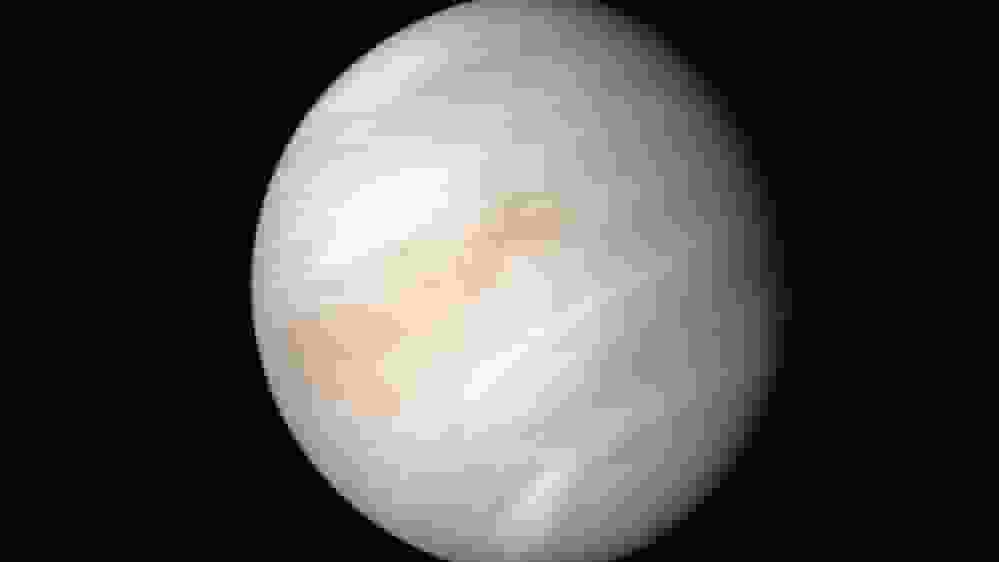Venus in the past may have resembled Earth more than previously thought. According to recent findings, Earth’s neighbor may have once resembled our planet more than the terrible landscape we know it to be now. Venus may have once been in the Sun’s habitable zone, the region around a star where liquid water can exist, when our Sun was much fainter. Venus is technically closer to our Sun than Earth. As a result, it’s possible that ancient Venus had oceans covering much of its surface. But due to its closeness to the Sun, the water would eventually have evaporated and escaped the surface, creating a thick atmosphere.
This new study also suggests that enormous volcanoes on the planet’s surface may have contributed to the destruction of an earlier, more lush and green, which scientists believe existed. Venus may have evolved into the acidic hothouse it is today as a result of these ongoing volcanic eruptions, which are prominently displayed by Maat Mons, a gigantic volcano from which lava has poured constantly for centuries.
The research also indicates that it wasn’t always like that. Instead, it’s possible that Venus was once a temperate, humid environment similar to our own. It’s possible that the conditions were ideal for extraterrestrial life to develop and flourish on this old Venus.
Large igneous provinces, of which scientists have long looked for evidence on Earth, are the foundation of the research itself. Large-scale volcanic eruptions, which can endure for tens of thousands or even hundreds of thousands of years, are essentially what gave rise to these regions. Many tons of volcanic rock and lava flows are thought to have been deposited on the planet during similar eras on ancient Venus.
Numerous tens of thousands of cubic miles of volcanic rock may be deposited on the surface throughout these times. According to NASA, there is more than enough molten rock here to bury the entire state of Texas a half-mile beneath the surface.
The average temperature on Venus now is roughly 864 degrees Fahrenheit, and scientists think that Venus’ transformation was caused by the continuing lava flows that created the planet we see today.
According to the scientists, it is unclear what would have triggered these protracted periods of volcanism on ancient Venus. However, it is hoped that investigating the Earth’s own substantial igneous provinces will yield some surprises. Hopefully, we will learn more about our neighboring planet since NASA plans to conduct more research around Venus in the upcoming years.


